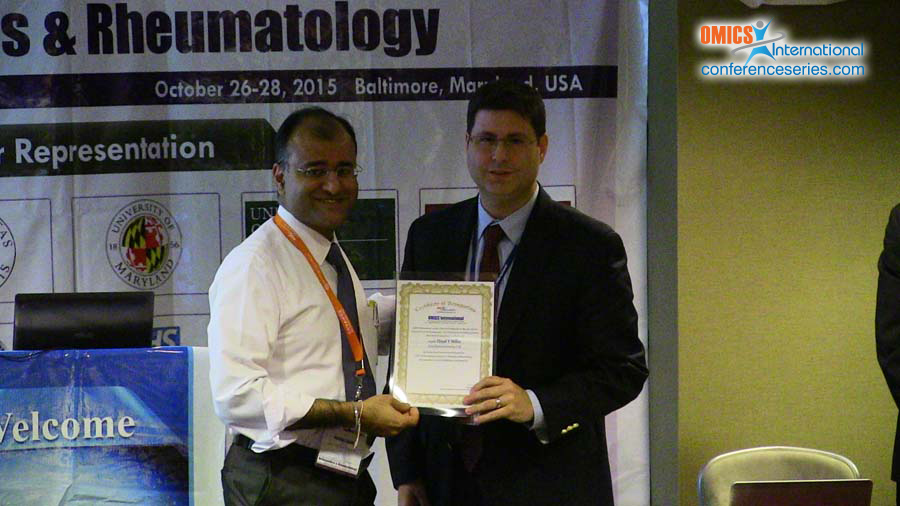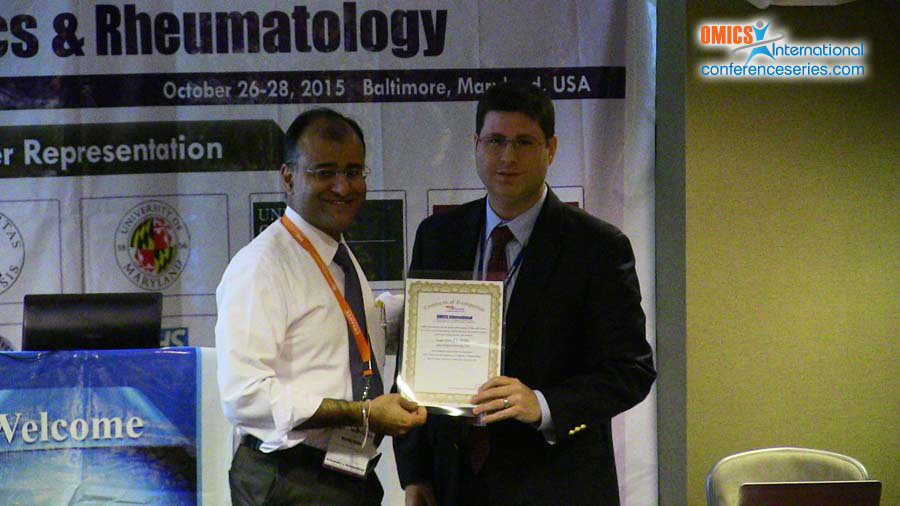
Lloyd S Miller
Johns Hopkins University, USA
Title: In vivo bioluminescence, fluorescence, µCT and photoacoustic imaging tononinvasively evaluate pathogenesis, therapeutics and diagnosticsin an experimentalorthopaedic implant infection
Biography
Biography: Lloyd S Miller
Abstract
Infection isa devastating complication following orthopaedic surgical procedures.Bacteria form biofilmson the implanted materials,creatingchronic infection and inflammation that leads to periprosthetic osteolysis, implant loosening and failure.These infections are challenging to diagnose and treatment is difficult and typically requiresreoperations, prolonged systemic antibiotic courses, extended disability and rehabilitation. To study the these infections, we developed a mouse model of an orthopaedic implant infectionin which a bioluminescent strain of Staphylococcus aureus was inoculated into a post-surgical knee joint of LysEGFP mice (expressing fluorescent neutrophils) that contained a titanium Kirschner-wire extending from the femur. In vivo bioluminescence and fluorescence imaging was used to noninvasivelyquantify the bacterial burden andneutrophil recruitment, respectively. We found that bioluminescent bacteria persisted for the 48 day experiment whereas EGFP-neutrophil signals decreasedwithin the first 14-21 days. Using µCT imaging, the outer bone volume of the femur doubled, which was associated with low-density signals and bone loss, consistent with peri-implant osteolysis.This model was used to evaluate optimal antibiotic combinations to treat an existing infection as well as the novel antimicrobial implant coatings. Finally,as a new diagnostic approach, near-infrared fluorescent probes were used in combination with advanced techniques of photoacoustic imaging. This imaging modalityhas the potential for clinical translation since photoacoustic signals can be detected several centimetersinto tissue. Taken together, bioluminescence, fluorescence, µCT and photoacoustic imaging represent valuable noninvasive techniques to study the pathogenesis of orthopaedic implant infections and to evaluate novel therapeutic and diagnostic strategies.


